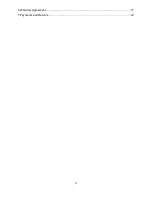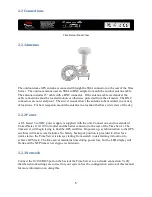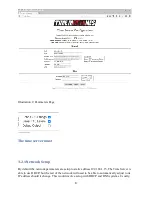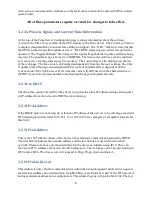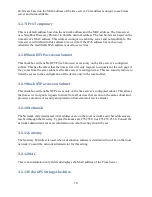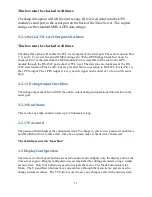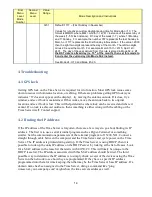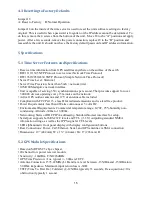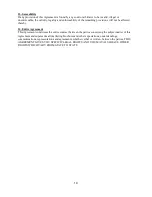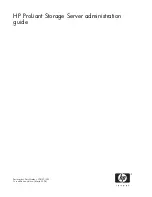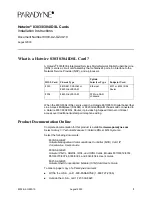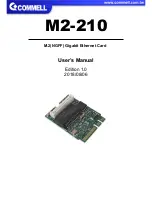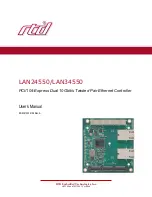
13
First
Menu
Level
Mode
Number
Second
Menu
Level
Value
Range
Mode Description and Instructions
the TC button will also exit the menu system.
21
1
-12 to 12
hours
from UTC
Time Zone Offset
This value determines the number of hours to add or subtract from Universal
Coordinated Time. The clock’s internal time base is Universal Coordinated Time
(UTC, GMT or ZULU). A time zone offset may be applied to each time source. See
also Mode 33 for forced half hour and one hour offsets. For accurate time zone
information, see
http://www.timeanddate.com
23
1
12, 24
12 or 24 hour display format
This mode selects either 12 or 24 hour display format for each four digit display when
displaying real time.
(default=12)
24
1
0,10
Daylight / Standard Time
This mode selects the rules to use when automatically switching between Daylight
and Standard time. The rules for various locations are:
0=disable daylight time (default)
10=user defined rule – see also Mode 52 and Mode 45-20, Mode 45-21
33
1
0-5
code
Force Time Advance
This mode optionally forces a 30 to 60 minute time advance.
0= no advance (default),
1=30 minute advance,
2=60 minute advance,
3=30 minute advance during daylight savings time only,
4=60 minute advance during daylight savings time only,
5=45 minute advance.
This is used in areas that have a 30 to 60 minute advance over the area time
zone. For example, Mumbai, India’s time zone offset is +5:30. To configure
the time zone, first set the respective zone to +5 hours using Mode 21. Then
set the same respective zone in Mode 33 to 1.
45
20
111 –
3231
Custom Daylight Saving Rule – Starting Value for Mode 24-n=10
Default=327 – (Second Sunday in March)
Values for rule driven custom daylight saving time for Mode 24-n=10. The
format is MMRD, where MM = month (1-12), R = instance of the select day of
the week (1-5 5=last instance), D = day of the week (1-7), where 1=Monday
and 7=Sunday. For example, the number 357 represents the last Sunday in
March, or 1117 represents the First Sunday in November. If the value >2000
then the right two digits represent the day of the month. The left two digits,
minus 20, equal the month. For example, March 15th = 2315, April 1st =
2401. The day of the year derived from this rule is stored in Mode 52-1.
If
the DST date is a fixed day (i.e. 15
th
of the month), then set this mode to
0 and enter the Julian day into Mode 52-1 instead.
See also Mode 24-n=10 and Mode 45-21
45
21
111 –
Custom Daylight Saving Rule – Ending Value for Mode 24-n=10



